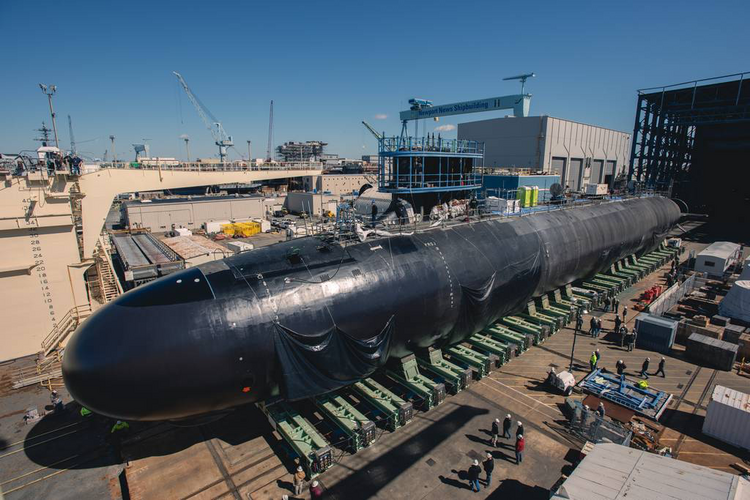Scott Kenny
ACCESS: USAP
- Joined
- 15 May 2023
- Messages
- 11,312
- Reaction score
- 13,789
Sure, but even sending them out with a dozen Tomahawks for tube launch gives them 14 more weapons than a 688i. I'm going to ignore Sub-Harpoons because the 688s also had to carry them in place of torpedoes, making it a wash.Needs to be pointed out thst the Seawolves were expect to go out with the tube launch Tomahawk and Harpoons. And still do as far as I know.
As were their previous designs after the Tomahawk came out then before that there were the special sub only weapons like UGM-89 Perseus STAM. So it is a strange thing that the Seawolf lacked VLs.
The US been trying to have a big deep diving attack sub with a metric asston of tubes since at least the early 1970s as seen by the Advanced Performance High-speed Nuclear Attack Submarine (APHNAS) concept of 1970 to 74.
Likely be seeing a similar design set up for tge SSN[x] before its pruned downed for budget.
The fine art of submarine torpedo loadouts is always a case of "not enough (all the expletives deleted) room!!!"
So I suspect that the Navy's wish-list is going to be about 24x VLS and 50x torpedo room stows with 8x torpedo tubes. A Seawolf forward compartment with a quad pack of VPMs. I'd go so far as to assume larger diameter and longer torpedo tubes than currently used, to give space for bigger torpedoes or other things to be shoved out a torpedo tube. 65cm ish tubes, again like the Seawolves. And if they don't make bigger torpedoes? Sleeve the tubes down to 21", no real loss.
Early on, I was contemplating an absolutely huge ocean access using a Trident tube laid horizontal, to give access to UUVs that aren't 21" diameter. 85" inside diameter or so. But that would make a very noisy hole in the hull, and would have a lot of excess pressure if the boat is making any way forward at all. Better to point UUV accesses aft, either in the engineroom or some weird midships thing like SSN23 has. If there's no shaft going through the pressure hull, there's room to put UUV hangars in the engineroom.






